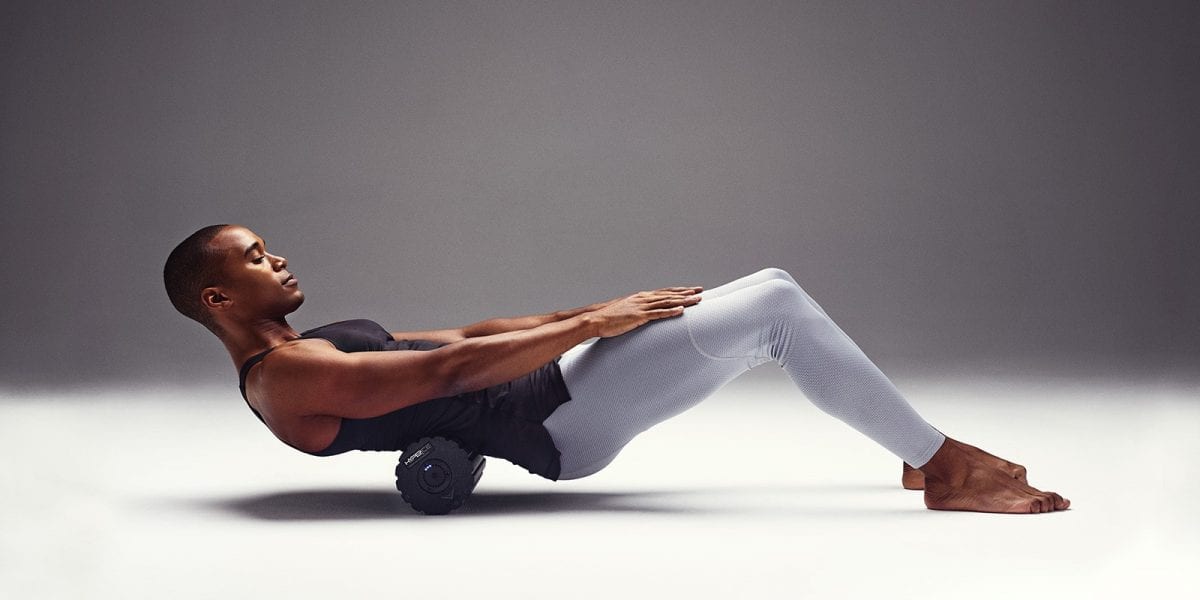Foam rollers have been in use to aid muscle recovery and self-massage since the late 80’s. Currently, manufacturers have combined this simple, affordable, yet powerful tool with another piece of technology that’s taken the spotlight in muscle recovery: vibration.
Big names including New England Patriots’ quarterback, Tom Brady and American big-wave surfer Laird Hamilton have been known to utilize the vibrating foam roller in their routines.
If it works for them, it’s bound to work for you. This article explains why you need it, and some basics on how you would use it.
Myofascial Release Intensified
Ian Sharman, an ultrarunner and endurance coach recently joined the likes of Tom Brady and Laird Hamilton in using vibrating foam rollers. Upon completing the 52-mile Double Boston feat, he went home in Bend, Oregon to reach out for his HyperIce Vyper 2 for his recovery process.
He mentions that it’s like a myofascial release, but with added power. “It’s like a jackhammer breaking up the asphalt”, Sharman said.
The fascia is a soft connective tissue that acts like a clingwrap which wraps the muscles and everything underneath which provides support and reduces friction as these muscles work. Myofascial release applies pressure and traction to the fascia and allows it and other components to move freely and restore motion.
Vibration technology in myofascial release has received support from a few scientists, notably Lee Brown, a sports scientist at California State University. He sees a great benefit of vibration foam rollers pre-workout. “Vibrations signal to the muscle to contract, blood flows into the muscle, and results in a warmer muscle.”, he said while comparing it to an active warm-up.
How to Use Vibrating Foam Rollers
Using a vibrating foam roller is very much like any other roller. However, many of these products offer multiple vibration intensities – from low to high. That way, you don’t need to apply that much pressure on the roller as if you had to on a low-end regular foam roller.
Though there are many methods on how you can use a foam roller, I’ll list down some of the more common uses that can help alleviate everyday problems.
Back Exercise
Back pain is a very common issue. In fact, experts estimate that up to 80% of the entire population experiences back pain at a point in their lives (DI, 2007). Instead of going through the pain and hoping it will go away soon, you could attempt to use a foam roller to alleviate it.
- Place the foam roller under the upper back, horizontally below the shoulder blades.
- Flatten your feet, keep knees bent and place hands behind head.
- Clench your abs and shift your weight to your feet to engage the core.
- Roll the foam roller towards your middle back by slightly lifting your hips from the floor. Hold this position and repeat the process.
- When you return to the starting position, do it slowly and make sure your back is completely on the floor and not in an arched position.
Bridges
If you live a sedentary lifestyle, it’s especially common to feel tightness around your hip area. Too much sitting can cause your muscle to relax and “deactivate”. Foam roller bridges reactivate your hips provide the benefits of regular bridges while working on the smaller muscles as well!
- With your back on the floor and legs in line with hips, keep your knees bent and pointed to the ceiling.
- Put the foam roller between your legs and clench your legs firmly, but not too tight. The roller should be just above your knees.
- Slowly raise your hips to the ceiling. Your glutes should feel a clench. It’s important to keep your arms and hands on the floor!
Natalie is a content manager at Emerge Fitness. We want to help men and women with ambition and determination, to reach their true potential.








